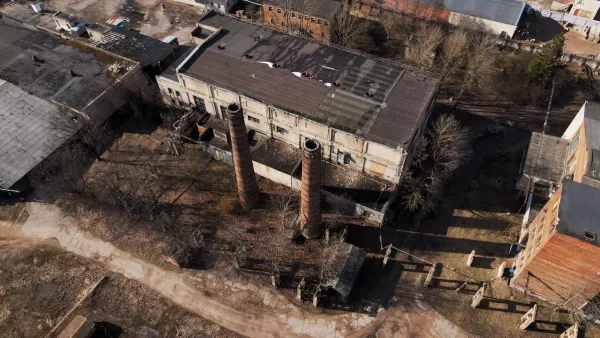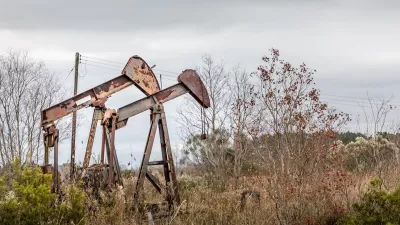Bioremediation uses plants, fungi, and microbes to clean up polluted land in place, offering a nature-based option for restoring contaminated sites in overburdened communities.

Brownfields — polluted and often abandoned industrial or commercial sites — are disproportionately located in low-income communities of color, due to a legacy of redlining and discriminatory land use practices. Traditional cleanup methods, such as excavation and off-site landfill disposal, can be costly and harmful, often shifting the pollution burden to other vulnerable areas. These conventional strategies not only perpetuate environmental injustices but can also release additional contaminants into surrounding neighborhoods.
Bioremediation offers a more equitable, cost-effective, and environmentally sound alternative by using living organisms like fungi, bacteria, and plants to detoxify contaminated soil and groundwater in place. This method, known as in situ remediation, avoids the harmful impacts of excavation and landfill dumping. Researchers like Dr. Danielle Stevenson are pioneering community-led bioremediation projects that restore ecological health while empowering residents to reclaim and transform degraded spaces into parks, affordable housing, and green infrastructure. Examples from Los Angeles, Chicago, and Australia demonstrate its practical potential and applicability.
By incorporating bioremediation into policy, land-use planning, and just transition strategies, communities can reduce health risks, support local economic development, and advance environmental justice. Policymakers can help scale this approach through funding, regulatory reforms, and workforce development. Ultimately, bioremediation is not just a method for cleaning up toxic sites—it’s a tool for healing communities, fostering resilience, and ensuring that those most harmed by industrial pollution are central to the restoration process.
FULL STORY: Bioremediation as an Equitable Approach to Brownfield Cleanup

Montreal Mall to Become 6,000 Housing Units
Place Versailles will be transformed into a mixed-use complex over the next 25 years.

Planetizen Federal Action Tracker
A weekly monitor of how Trump’s orders and actions are impacting planners and planning in America.

California High-Speed Rail's Plan to Right Itself
The railroad's new CEO thinks he can get the project back on track. The stars will need to align this summer.

Nevada Legislature Unanimously Passes Regional Rail Bill
If signed by the governor, the bill will create a task force aimed at developing a regional passenger rail system.

How Infrastructure Shapes Public Trust
A city engineer argues that planners must go beyond code compliance to ensure public infrastructure is truly accessible to all users.

Photos: In Over a Dozen Cities, Housing Activists Connect HUD Cuts and Local Issues
We share images from six of the cities around the country where members of three national organizing networks took action on May 20 to protest cuts to federal housing funding and lift up local solutions.
Urban Design for Planners 1: Software Tools
This six-course series explores essential urban design concepts using open source software and equips planners with the tools they need to participate fully in the urban design process.
Planning for Universal Design
Learn the tools for implementing Universal Design in planning regulations.
City of Camden Redevelopment Agency
City of Astoria
Transportation Research & Education Center (TREC) at Portland State University
Municipality of Princeton (NJ)
Regional Transportation Commission of Southern Nevada





























